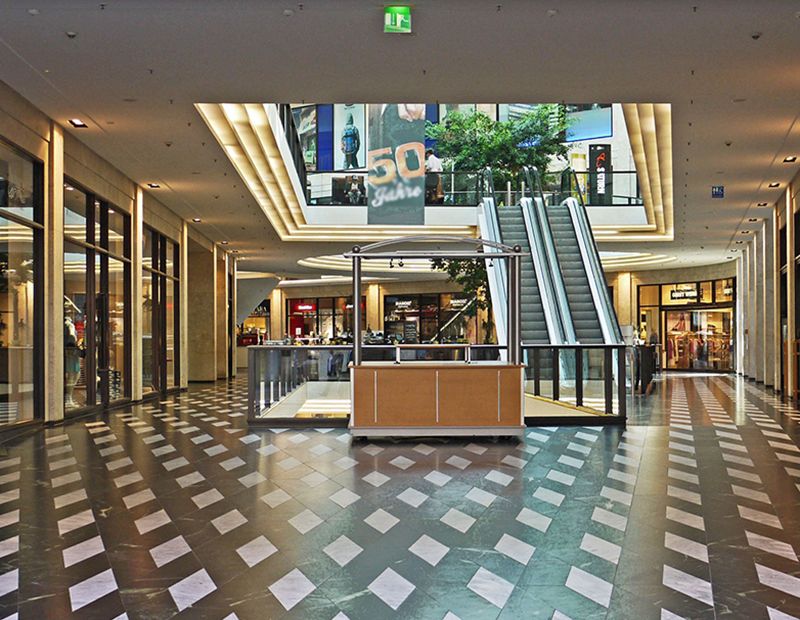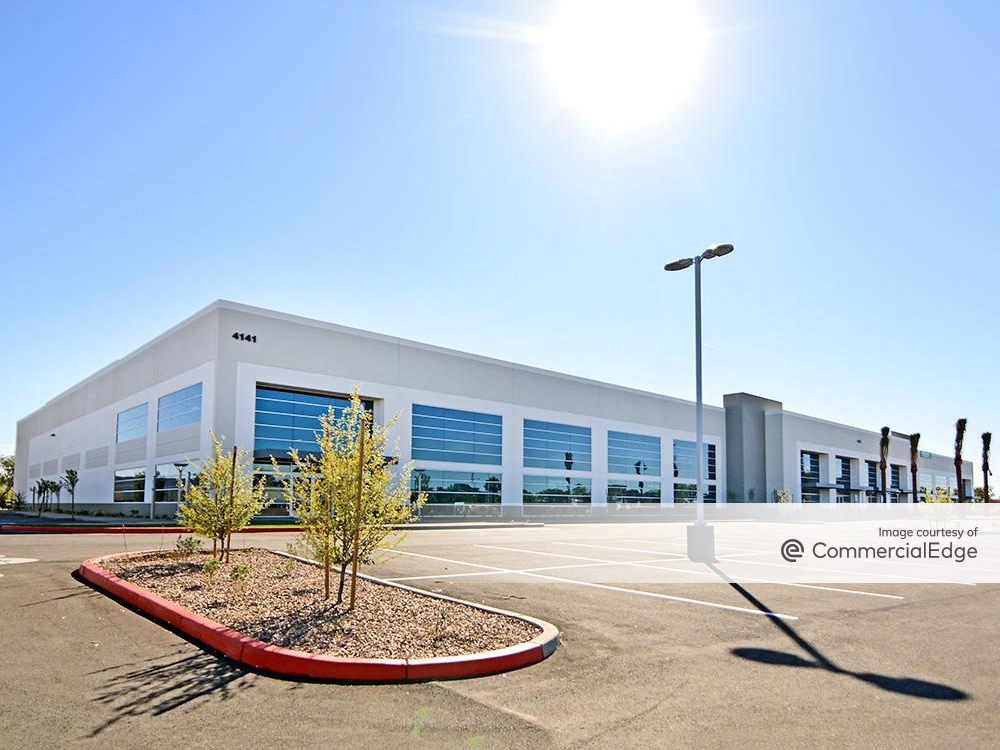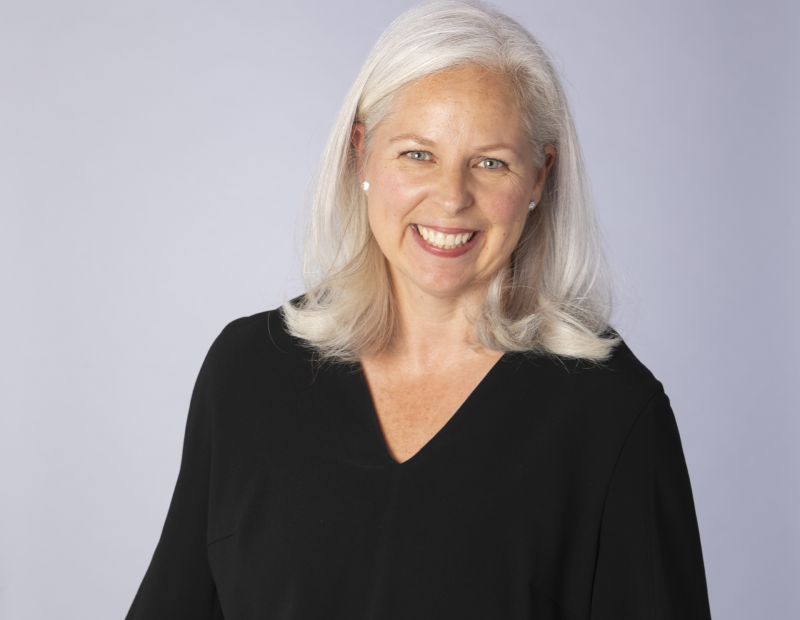Sale-Leaseback Deals Continue to Be Popular With Retailers
Experts say a $250 million deal with Oak Street Real Estate Capital is a way to unlock value through an “asset-light” strategy.
Bed Bath & Beyond Inc. becomes the latest retail company to take advantage of an “asset-light” strategy through a sale-leaseback transaction with Oak Street Real Estate Capital. The deal generated $250 million in net proceeds to help the troubled retailer continue repositioning its brands, including Buy Buy Baby and Harmon drugstores. The properties that were sold to the private equity firm comprise approximately 2.1 million square feet of commercial space including retail stores, a distribution facility and office space.
READ ALSO: Retail’s Winners & Losers
The locations were not released by the company but the Wall Street Journal reported the Union, N.J., headquarters was among the properties that Bed Bath & Beyond sold to Oak Street and is now renting back under long-term leases. The deal with the private equity firm was announced Monday by Bed Bath & Beyond’s President & CEO Mark Tritton, who noted the transaction will help the company unlock capital and enhance shareholder value. Proceeds may also be used to reinvest in the core business operations and ongoing transformation efforts to drive growth as well as fund share repurchases and reduce outstanding debt.
The company did not say how many of its approximately 1,500 stores were part of the Oak Street deal, but it did reiterate its plan to continue reviewing its portfolio of retail concepts and owned real estate.
John Feeney, senior vice president at The Boulder Group, a net lease advisory firm based in the Chicago area, said sale-leaseback transactions have been popular among companies shifting to an “asset-light” strategy.
“Companies have been able to take advantage of a compressed cap rate environment and unlock the value of their real estate while still maintaining operational control via sale leasebacks,” he told Commercial Property Executive.
Feeney said the market saw numerous large-scale sale-leaseback transactions last year from notable companies including Walgreens, Albertsons, Brinker International (Chili’s Grill & Bar and Maggiano’s Little Italy) Darden Restaurants (Olive Garden, LongHorn Steakhouse, Cheddar’s Scratch Kitchen etc.) and BMO Harris Bank. In May, a joint venture led by Sansome Pacific Properties acquired 11 Cabela’s locations from Bass Pro Shops for $324.3 million in a sale-leaseback deal that encompassed more than 1.6 million square feet of space with an additional 277 acres of land. The locations were not released but the sale-leaseback term for the assets was 25 years.
Sale-Leaseback benefits
The Bed Bath & Beyond sale-leaseback deal “should provide them with previously unrealized capital that can be used to grow their core retailing business strategies,” Feeney added.
Phoenix-based retail real estate expert Jeff Green, partner at Hoffman Strategy Group, said he expects the sale-leaseback trend to continue in 2020. “I wonder if Macy’s and JC Penney might be the next ones to do even more of these transactions,” he said.
Both department store chains have done sale-leaseback deals in the past. Macy’s closed a sale-leaseback transaction in June, when it sold the site it occupies in the Galleria shopping mall in White Plains, N.Y., to the mall owner, an entity of Pacific Retail Capital Partners, for $27 million. Macy’s now operates the space under a lease with the owner. In 2017, J.C. Penney Co. sold its Plano, Texas, headquarters for $353 million and leased back about 65 percent of the building.
Michael Lagazo, an independent retail real estate advisor based in San Diego, Calif., cited other reasons why sale-leaseback transactions continue to be popular with retail companies, including providing the seller with additional tax deductions without taking on debt.
“Sale leasebacks elevate net earnings while minimizing cash outlay and avoid growing fixed operational expenses,” Lagazo told CPE. “Sale leasebacks have different accounting requirements than debt and are not considered to be traditional financing. Sale leasebacks typically stay off the balance sheet.”
Lagazo also noted that big box chains “with high-cost fixed assets and/or substantial real estate holdings typically use sale leasebacks in order to access capital to reinvest into the business while maintaining assets required to operate without worrying about depreciation.”








You must be logged in to post a comment.